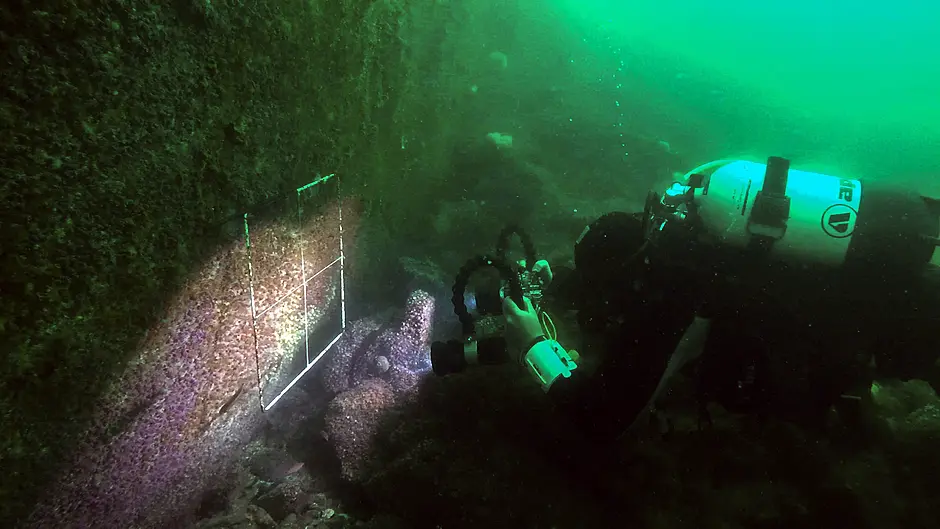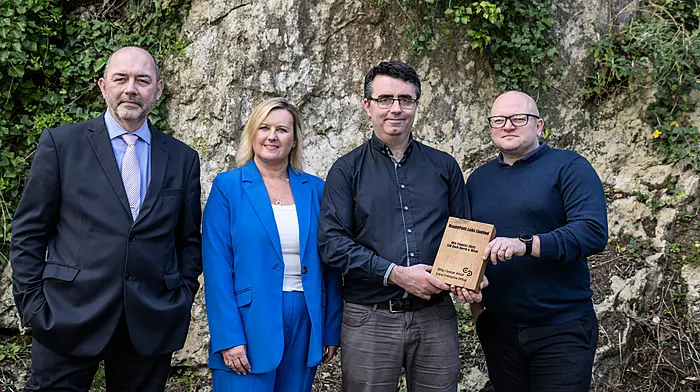THE rapid disappearance of thousands of marine sponges at the world famous Lough Hyne could have been caused by a heatwave or a change in water chemistry.
But the good news is that researchers have found signs of a potential natural recovery of the affected species in the unique ecosystem.
A team led by Professor of Marine Biology James Bell from Te Herenga Waka—Victoria University of Wellington in New Zealand and Professor Rob McAllen from University College Cork has been studying this unusual development in the semi-enclosed saltwater lough near Skibbereen.
The Lough Hyne Marine Nature Reserve is the only one of its kind in Ireland. It hosts many rare species and contains a high number of habitats within a small area of about 0.5 square kilometres.
It is also a scientific curio, and a boon for scuba-divers, because its rich mesophotic cliff communities occur in far shallower conditions than elsewhere in the Atlantic Ocean, a consequence of its relatively murky waters and sheltered location.
The researchers secured funding from the National Parks and Wildlife Service of the Department of Housing, Local Government and Heritage to study the sponge decline, which was particularly apparent from 2010 and 2015.
In a paper published in Science of the Total Environment, Professor Bell and co-authors discuss the possible reasons for the drop in numbers and the implications for life in other temperate mesophotic ecosystems (TMEs), a layer of the sea floor typically extending from about 20 metres to 30m below the surface to 150m, and home for numerous invertebrates like sponges, sea fans and sea anemones.
Professor Bell says long-term sponge abundance reconstruction showed the number of sponges on the cliffs had been relatively stable for at least 20 years until 2010.
‘The innermost sites were affected the most, suggesting the change originated inside the lough or that its sheltered conditions exaggerated an effect starting from the surrounding coast.’
There were several possible causes, including outbreaks of disease, increases in nutrients or heatwaves. Research is still ongoing into the cause, although changes in water chemistry remains one highly likely cause.
Professor Bell says it is encouraging to see some signs of a natural recovery.
‘While we were obviously very concerned to see the sponge populations in the lough decline so much, we were very surprised to see new sponges reappearing after just a short time.’
Minister of State for Heritage and Electoral Reform, Malcolm Noonan says he’s committed to providing ongoing support to these scientific investigations.







